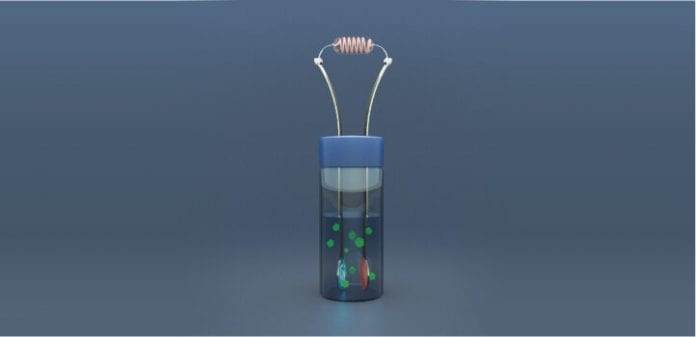Glucose Powered Biosensors
KAUST researchers have developed an electronic biosensor powered using glucose in bodily fluids. The device pairs an electron-transporting polymer with an enzyme that extracts electrons from its reaction with glucose as a driving agent.
The biosensor is developed out of plastic and could act as a continuous monitor of key health indicators such as blood glucose level etc.
David Ohayon, a Ph.D. student in Sahika Inal’s lab, who led the research, said that quick, accurate & early detection of abnormalities in metabolism is of paramount importance to monitor, control, and prevent many diseases, including diabetes. He further highlighted that researchers had developed implantable glucose monitors, but these come with a significant drawback- replacing its batteries, which further complicates the procedure.
KAUST researchers have developed an ideal alternative technology- Glucose Powered Biosensors that can power themselves using molecules around them.
A polymer synthesized by Iain McCulloch’s team at KAUST appears ideally suited to develop the Glucose Powered Biosensors. The polymer is an n-type semiconductor; therefore, it can accept and transport electrons along its backbone. The polymer is coupled with the glucose oxidase enzyme. This enzyme oxidatively extracts electrons from its reaction with glucose.
Generally, a third component is
required to shuttle the electrons from enzyme to polymer. The new polymer needs no such mediator. The polymer’s ethylene glycol side chains are probably the key to the interaction. This hypothesis is currently under investigation in collaboration with Enzo di Fabrizo’s group at KAUST.The team of researchers used this n-type polymer material in a transistor to sense glucose levels in saliva & also as one half of an all-polymer fuel cell that uses glucose as an energy source to drive the Glucose Powered Biosensors.
Inal says that this fuel cell is the first demonstration of a wholly plastic, enzyme-based electrocatalytic energy generation device operating in physiologically relevant media.
The scientists further aim to show the versatile chemistry and novel applications of this special water-stable, polymer class. The biosensor exhibits mixed conduction, i.e., ionic as well as electronic.






























